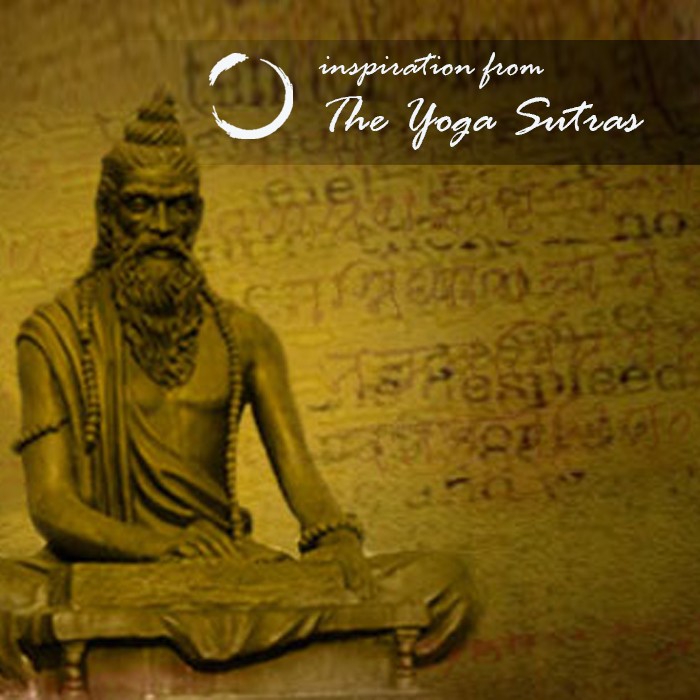
ahiṁsā-satya-asteya brahmacarya-aparigrahāḥ yamāḥ 2.30
śauca saṁtoṣa tapaḥ svādhyāy-eśvarapraṇidhānāni niyamāḥ 2.32
As when you climb a mountain aiming to reach to its peak you can approach it from different sides, different scriptures approach yoga in different ways. Techniques and limbs may vary from scripture to another and different recipes for success are given by different authors, but the ultimate goal remains one.
In his Sutras, Patanjali chooses to describe a yoga system based on 8 limbs, the culmination of which is Samadhi, a state of higher consciousness. The word Samadhi may not exactly match “enlightenment”, but the two words are in many a context interchangeable. The traditional name by which the Patanjali system was known is Ashtanga yoga (the eight limbed yoga, in contrast with other 5, 6 and 7 limb systems). It is important not to mistake Patanjali’s yoga system with the currently popular “jumping back and forth” modern system of hatha yoga to which the same name is used. Since the end of 19th century the Ashtanga Yoga system started to be known as Raja Yoga, a term that was used traditionally to denote the highest stage of yoga.
Among these 8 limbs, four are said to be external, ie. they involve external activity; and four are said to be internal, ie. their practice does not involve any external activity. The external limbs are: Yama, Niyama, Asana, Pranayama. The internal limbs are: Pratyahara, Dharana, Dhayana and Samadhi.
Yamas are restrains, actions that a yogi should refrain from doing. Yamas are five in number: ahimsa (refrain from violence), satya (adherence to truthfulness), asteya (refrain from stealing), brahmacharya (refrain from indulgence in carnal pleasure) and aparigraha (non-possessiveness). Niyamas are observances, actions that a yogi should adhere to, and integrate in their life. Niyamas are also five in number: sauca (cleanliness), santosha (contentment), tapas (austerities), svadhyaya (study of spiritual texts) and ishvara pranidhana (worship or practice of spiritual duties).
It is to be said that yamas and niyamas can unfold to us a meaning deeper than what the terms denoting them imply. With practice, these saintly qualities start to glow and clarify their unseen meanings. For example, asteya unfolds as not only not coveting and craving for the possession of others, but indeed it becomes obvious that whatever object we have and take for granted is a stolen object, even if we have obtained it with our honestly earned money. It becomes clear that only through gratitude we deserve and whatever is taken without a deep feeling of gratitude is “stolen”. Other yamas and niyamas also start to unfold in a similar manner clarifying their refined, deep aspect.
Only a person endowed with these qualities is fit to be called a yogi and to ascend the ladder towards deeper yogic practices. Garlanded with the 10 virtues of yamas and niyamas a yogi would assume a steady comfortable position (asana) and start the practice. Asana in Patanjali’s sutras differ from cultural postures practiced in current yoga classes. The condition implied here is that the asana should should be comfortable and steady enough to enable the practitioner to practice all the other limbs while in the asana. Cultural postures need high muscular effort and therefore are not sustainable to an extent that would allow a practitioner to hold for the long hours needed for practice.
Pranayama, the fourth limb, is the control of breath. The connection between the mind and the breath is well known. Yogis of yore noticed this link and used the control of breath as a preliminary step that enables them to consequently control the mind.
Here the external limbs end. A yogi is now ready to take the inner journey towards Raja yoga.